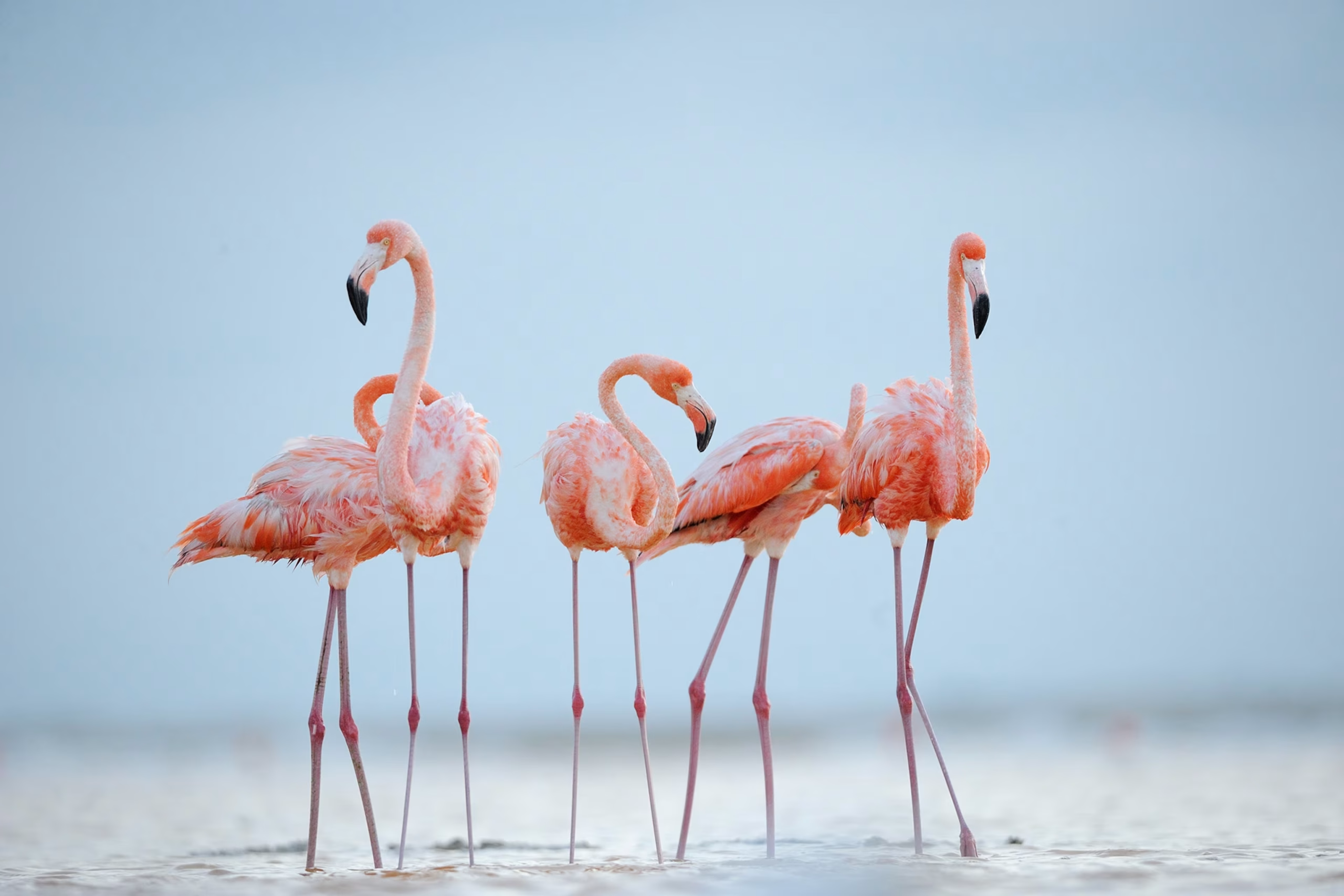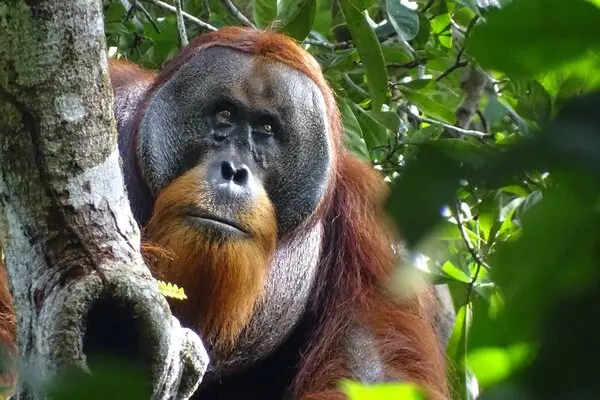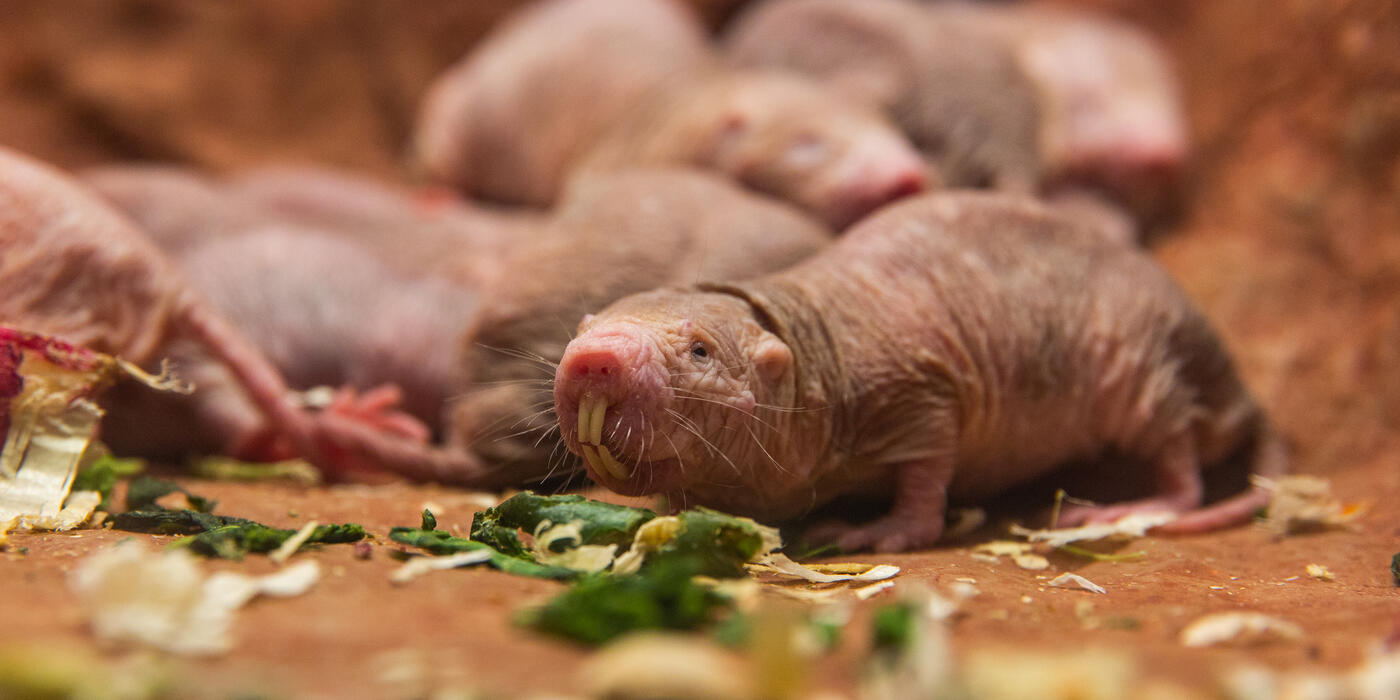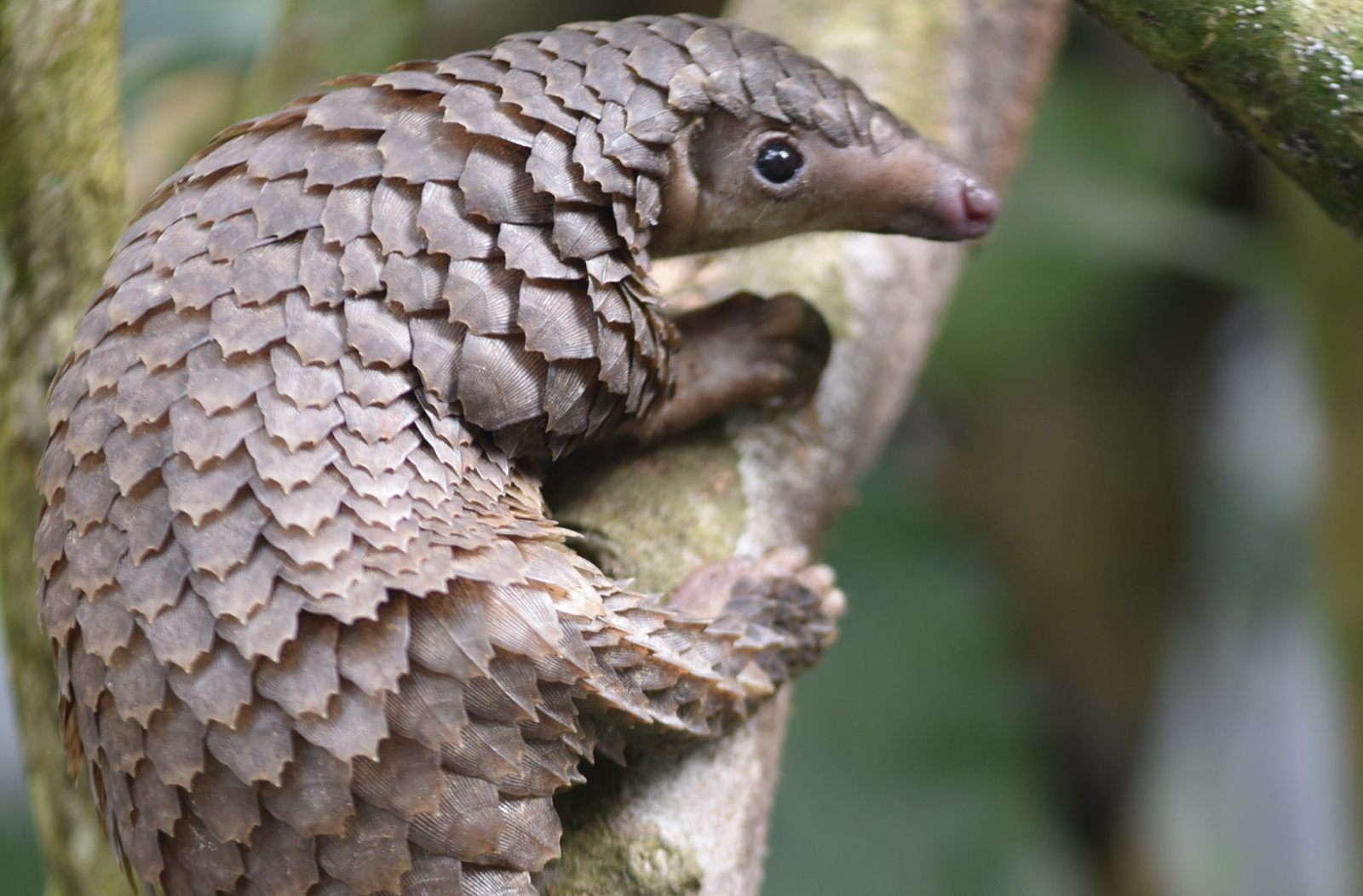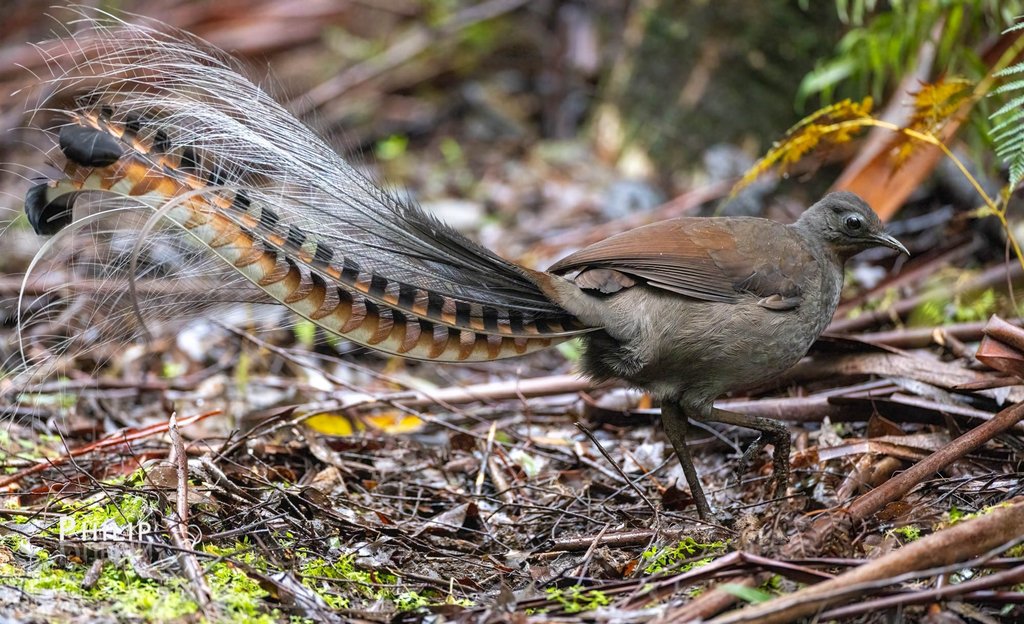solsticeuniversity.com – Flamingos are among the most recognizable and fascinating birds in the world. With their striking pink feathers, long legs, and distinctive curved beaks, these birds capture attention wherever they are found. They are known for their social behavior, living in large flocks that often number in the thousands.
Habitat and Distribution
Flamingos inhabit a variety of environments, primarily shallow lakes, lagoons, and wetlands. They are found in parts of Africa, the Americas, Europe, and Asia. Some of the most well-known species include the Greater Flamingo, found in Africa and southern Europe, and the American Flamingo, which inhabits the Caribbean and South America.
Unique Physical Features
The pink coloration of flamingos comes from their diet, which is rich in carotenoid pigments found in algae and crustaceans. Their long, slender legs allow them to wade through deep waters, while their specialized beaks are adapted for filter-feeding, helping them extract small organisms from the water.
Behavior and Social Structure
Flamingos are highly social birds that thrive in large colonies. Their synchronized movements, such as group feeding and elaborate courtship dances, help strengthen bonds within the flock. They are also known for their one-legged stance, a posture that conserves body heat while standing in water.
Diet and Feeding Habits
Flamingos primarily feed on algae, small crustaceans, and plankton. Their beaks are uniquely designed to filter food from water by moving their heads upside down while feeding. This efficient filtration system enables them to extract nutrients from their aquatic environment.
Conservation and Threats
While flamingo populations are generally stable, habitat destruction, pollution, and climate change pose significant threats to their ecosystems. Conservation efforts focus on protecting wetlands and ensuring a sustainable environment for these beautiful birds.
Conclusion
Flamingos are truly remarkable creatures, admired for their beauty, grace, and intriguing behaviors. Their presence in nature is a reminder of the importance of preserving wetland habitats and maintaining the delicate balance of ecosystems. Whether seen in the wild or in conservation parks, flamingos continue to captivate bird enthusiasts and researchers alike.
